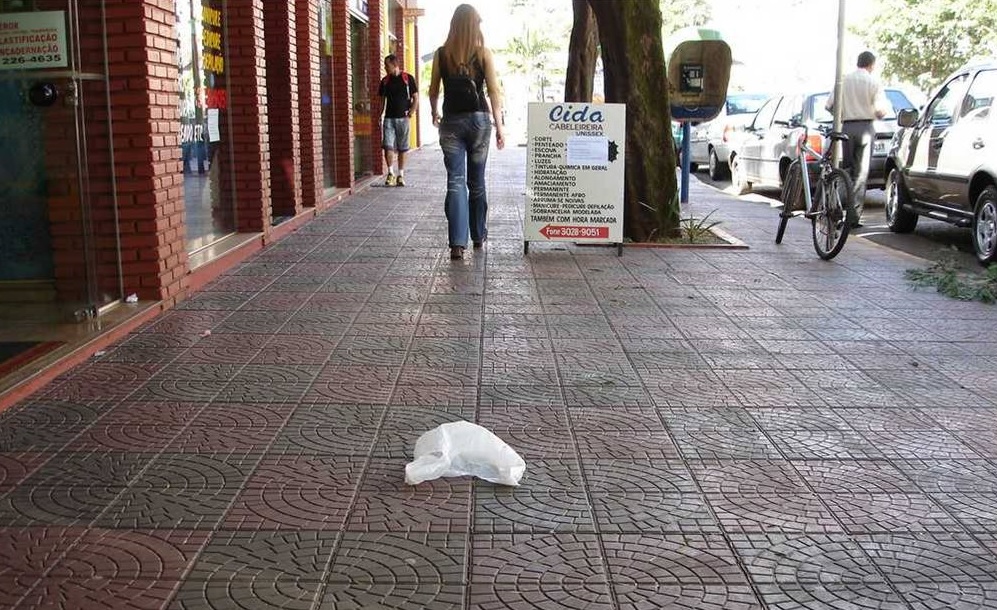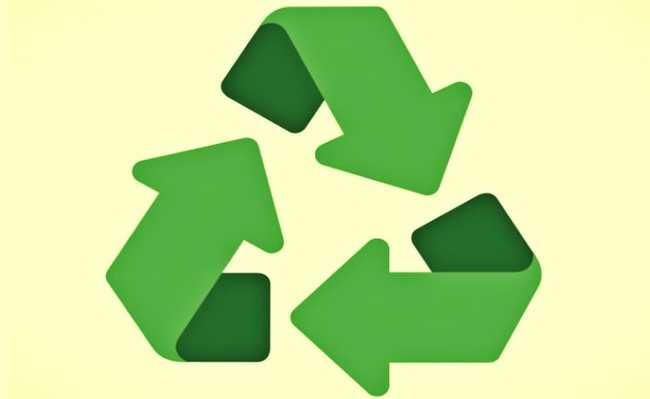Entrevista concedida pela FUNVERDE para a revista HM! sobre as malditas sacolas plásticas de uso…
How many football pitches are needed to make green plastic?
Fact – by Braskem’s own admission http://www.braskem.com.br/plasticoverde/eng/im-green.html
To produce just 3 tonnes of Green PE, land equal to 1 football pitch of sugar cane is need. To meet today’s global polyethylene (PE) demand of 160 Million Tonnes, this equates to planting enough sugar cane to cover 53,333,333 football pitches, or planting enough sugar plantations the size of a football pitch, in a line stretching around the world 121 times. Is this sustainability?
They claim that the sugar cane absorbs CO2 and that their green PE Carbon foot print is therefore positive, but that would only be true if there was MORE sugar cane than the vegetation already there.
Is there any good reason to take arable land and water resources away from people around the world to produce bio-plastics and bio-fuels?
We don’t think so. Food prices are high enough already. 2009 to 2010 the global food prices inceased overall by 49% and from 2010 to 2010 increased 39% prices, increased even more the problem of the hunger around the world.
Interest in bio-based plastics derives from two mistakes – first that it reduces demand for oil, and second that the plastic is biodegradable in the open environment.
Polyethelyne (PE) and Polypropylene (PP) play a significant role in our lives but oil is not extracted to make plastic. It is extracted for fuel, and plastic is made from a by-product which used to be wasted. Plastic does not therefore increase the amount of oil extracted, and can in fact reduce it. This is because plastic has the same calorific value as the oil from which it was made. It should not be wasted by being sent to landfill, but should instead be sent to modern incinerators, where the calorific value can be captured and used to generate electricity without harmful emissions. This, of course, afterpassing through recycling until it is not possible to recover this plastic by recycling.
Bio-based plastics are not necessarily biodegradable in the open environment or at all, but there is a commercially viable solution for the Global Packaging Industry, by using low-cost oxo-biodegradable additives.
When the additive is added to PE or PP (whether derived from oil or sugar cane), it will break down the molecular structure, in the presence of oxygen. It turns ordinary plastic after its useful life into a material with a completely different molecular structure. At that stage it is no longer a plastic and has become a material which can be bio-assimilated in the open environment, in the same way as a leaf, therefore will significantly help resolve the increasing problem of Plastic Waste in the Environment, that blights our Countryside, blocks drains and pollutes our rivers and oceans .
Oxo-Biodegradable plastics can be made with recyclate and are also recyclable. They can be tested according to the test methods prescribed in ASTM 6954; UAE Standard 5009/2009 – and the recently published British Standard 8472, which provide tests for biodegradation in soil and simulate the real-world behaviour of plastic products which get into the environment and cannot realistically be collected.
Plastic of life cycle controlled – oxybiodegradable – is the best option to solve the problem of excess plastic that society uses, but only where it can not be use reusable bag, it is the best and most logical choice for packaging of goods retail.




Este Post tem 0 Comentários